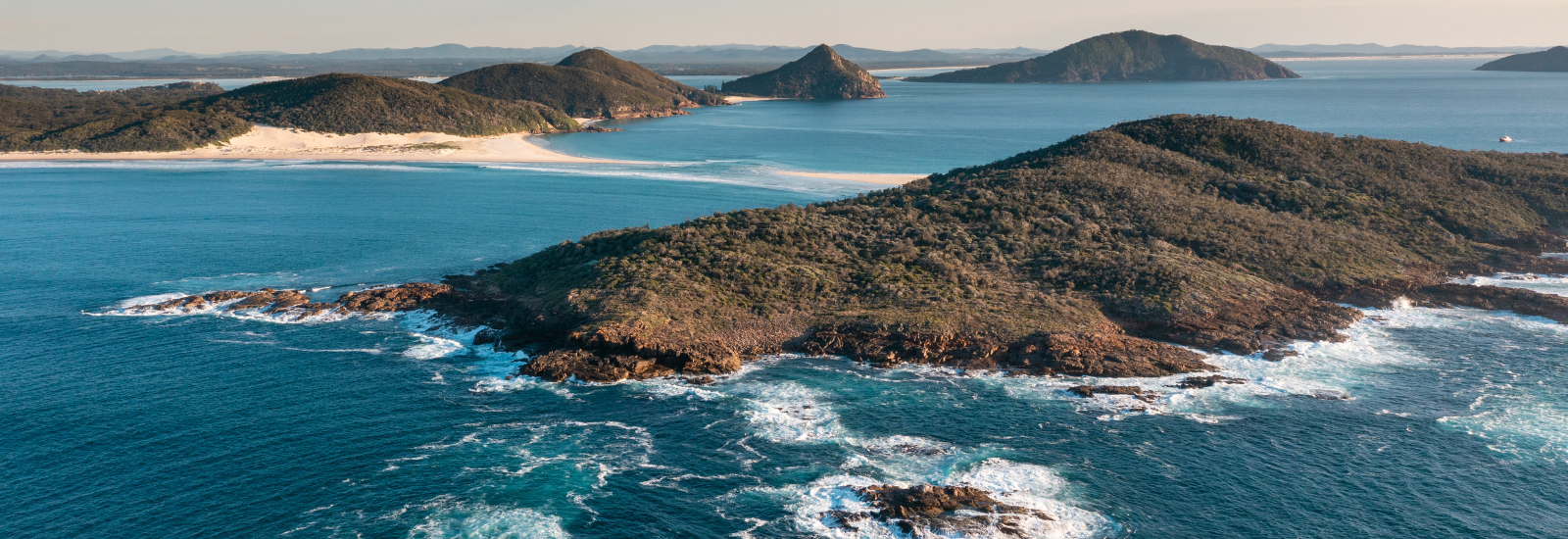Hazard Mapping
The modelling of the coastal hazards was conducted during stage 2 of the Coastal Management Program (CMP) and detailed within the BMT Report.
To help understand the hazard mapping we’ve developed a video and fact sheet explaining each of the hazards in the maps. Cohesive maps have been created to show all of the hazards for 2020 and 2120. These are the same hazards detailed in the BMT Stage 2 report.
Coastal Inundation Map
Tidal Inundation Map
Quick reference to help with reading the maps:
Coastal erosion – mapped against each planning period - 2020, 2040, 2070 and 2120.
The current mapping covers the ‘open coast’ area, not the ‘outer port’ or ‘inner port’ of Port Stephens.
Tidal inundation – mapped against each planning period - 2020, 2040, 2070 and 2120.
With tidal inundation we’ve used Highest Astronomical Tide (HAT) as the measure. The tidal inundation mapping (HAT mapping) shows the highest possible tidal water level that could occur and corresponds roughly to the extent of inundation that you might witness once or twice a year. Low lying land would be inundated for a period of hours during HAT.
Coastal inundation which is also known as storm tide inundation (STI) and this is presented in terms of a ‘design storm’ event. For the Port Stephens CMP the two design storm events considered were:
- 5% Annual Exceedance Probability (AEP)
- 1% Annual Exceedance Probability (AEP)
The AEP describes the likelihood of that design storm occurring in any given year. Therefore, a 1% AEP storm tide event has a 1% chance of occurring in any given year and is otherwise known as the ‘1 in 100 year event’. There is at least a 50% chance that you will experience a 1% AEP coastal inundation event in your lifetime. A 5% AEP storm tide event has a higher likelihood of occurrence, translating to a 97% chance you will experience at least once such event in your lifetime. A 5% AEP is also known as a 20-year Average Recurrence Interval (ARI), and a 1% AEP is also known as a 100-year ARI.
For each AEP level, we’ve mapped them for each planning period - 2020, 2040, 2070 and 2120.
Dune transgression – mapped against planning periods 2020, 2040 and 2070.
The mapping only applies to the sand dunes in the Stockton Bight and due to the unpredictable nature of dune transgression we were only able to map until 2070.

